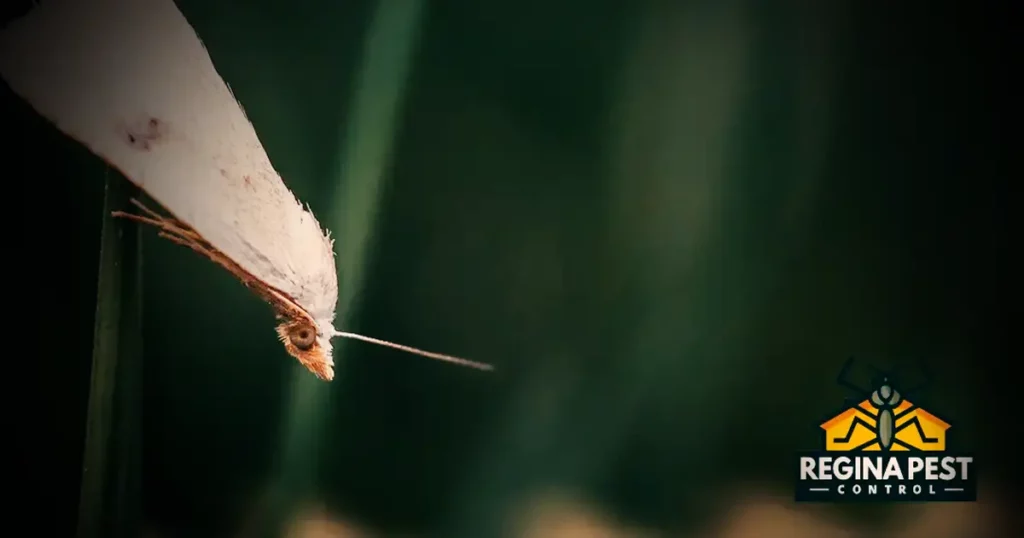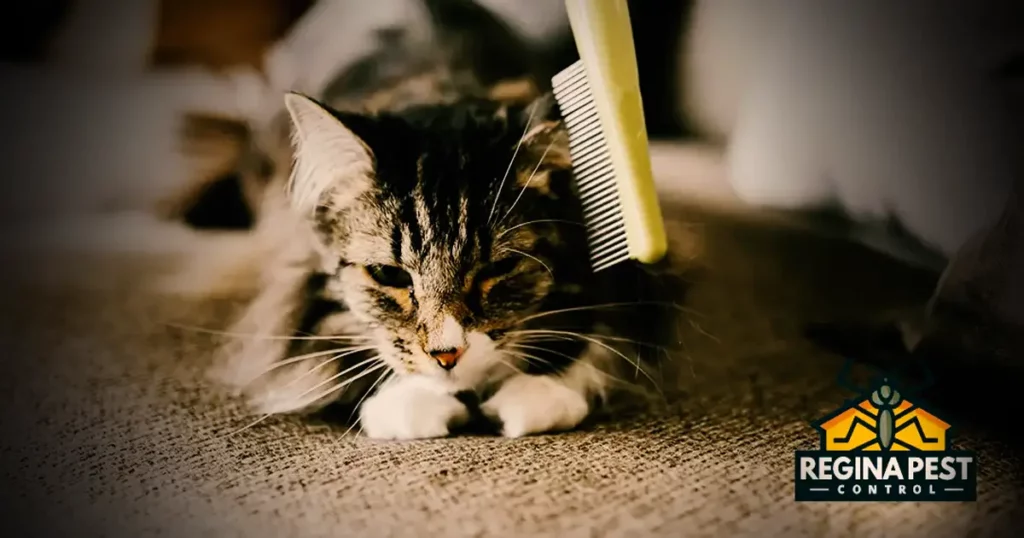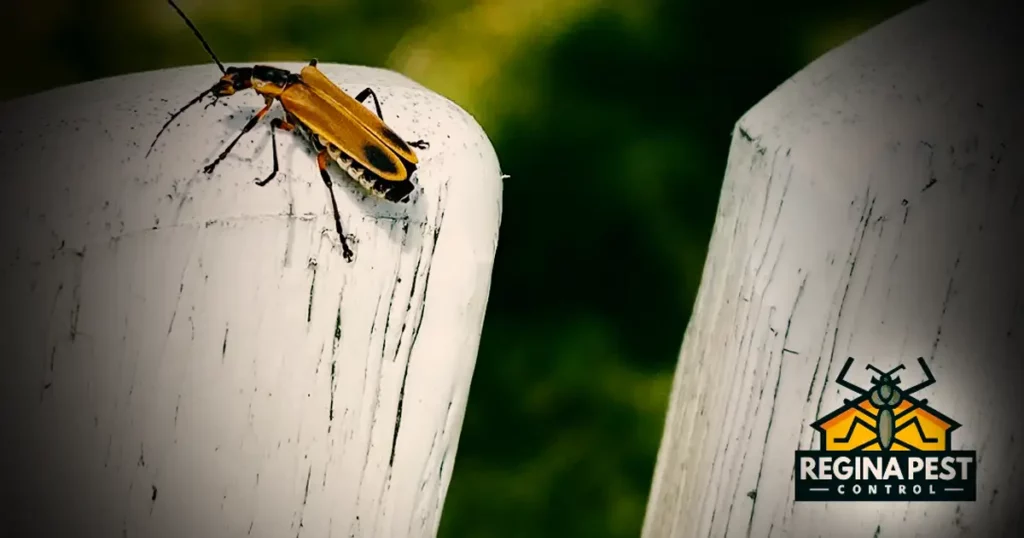- Wildlife Exclusion Techniques for Homeowners
- Understanding Wildlife Exclusion
- Why Homeowners Need to Implement Wildlife Exclusion Techniques
- Common Wildlife Pests in Residential Areas
- Signs of Wildlife Infestation in and Around Your Home
- Essential Tools and Equipment for Wildlife Exclusion
- Step-by-step Guide to Wildlife Exclusion Techniques
- Natural and Humane Wildlife Exclusion Methods
- Hiring a Professional Wildlife Exclusion Service
- Maintaining Wildlife Exclusion Measures
- Conclusion: Protecting Your Home from Wildlife Infestation
Wildlife Exclusion Techniques for Homeowners
Are you tired of unwelcome critters invading your home? From raccoons to squirrels, wildlife can wreak havoc on your property and cause significant damage. But fear not, homeowners, because there are effective exclusion techniques that can help you keep these pesky pests out for good. In this article, we will explore the best wildlife exclusion techniques that every homeowner needs to know.
Understanding Wildlife Exclusion
Wildlife exclusion is the practice of preventing animals from entering your home or property. It involves identifying and sealing off potential entry points, installing barriers and deterrents, and implementing landscaping strategies to make your property less attractive to wildlife. By implementing these techniques, you can create a barrier that prevents wildlife from accessing your home and causing damage.
Why Homeowners Need to Implement Wildlife Exclusion Techniques
There are several reasons why homeowners should prioritize wildlife exclusion techniques. Firstly, wildlife infestations can lead to significant damage to your property. Animals like raccoons and squirrels can chew through insulation, wiring, and even structural components, leading to costly repairs. Additionally, wildlife infestations can pose health risks to you and your family. Animals can carry diseases, parasites, and bacteria that can be transmitted to humans. By implementing wildlife exclusion techniques, you can protect your home, property, and loved ones from the potential dangers of wildlife infestations.
Common Wildlife Pests in Residential Areas
Before we dive into the exclusion techniques, it’s important to familiarize yourself with the common wildlife pests that you may encounter in residential areas. Some of the most common wildlife pests include:
- Raccoons: Raccoons are highly adaptable creatures known for their intelligence and dexterity. They are capable of causing significant damage to your property and can carry diseases such as rabies.
- Squirrels: Squirrels are agile climbers and can easily access your home through trees and power lines. They are known to chew through electrical wires, insulation, and wood, causing extensive damage.
- Bats: Bats are nocturnal creatures that often roost in attics and crawl spaces. While they play a crucial role in the ecosystem, their droppings (guano) can accumulate and cause health issues, including respiratory problems.
- Birds: Birds can cause damage to your property through their nesting activities and droppings. Some bird species can also transmit diseases such as histoplasmosis.
Signs of Wildlife Infestation in and Around Your Home
Before you can effectively exclude wildlife from your property, it’s crucial to identify the signs of infestation. Here are some common signs that indicate wildlife may have made their way into your home:
- Noises: Scratching, scurrying, or thumping sounds coming from your attic, walls, or crawl spaces are often a clear indication of wildlife activity.
- Droppings: Animal droppings found in and around your home are a telltale sign of an infestation. Different animals have distinct droppings, so it’s important to familiarize yourself with the specific characteristics of each species.
- Gnawing and chewing marks: Damage to electrical wiring, insulation, wood, or other materials can indicate the presence of wildlife in your home.
- Tracks and footprints: Keep an eye out for tracks and footprints in dusty or muddy areas around your property. These can provide valuable clues about the type of wildlife present.
Essential Tools and Equipment for Wildlife Exclusion
To effectively exclude wildlife from your home, you’ll need the right tools and equipment. Here are some essential items to have on hand:
- Caulking materials: High-quality caulk is essential for sealing off entry points. Look for a caulk that is weather-resistant and can withstand outdoor conditions.
- Wire mesh: Wire mesh is an excellent material for creating barriers and covering openings that wildlife may use to access your home.
- Hardware cloth: Similar to wire mesh, hardware cloth is a durable material that can be used to secure vents and other openings.
- Traps: Live traps can be useful for capturing and relocating wildlife that has already made its way into your home.
Step-by-step Guide to Wildlife Exclusion Techniques
Now that you’re equipped with the necessary knowledge and tools, let’s dive into the step-by-step guide for wildlife exclusion techniques. Remember, it’s essential to approach wildlife exclusion with caution and respect for the animals. Here are the key steps to follow:
- Inspect your property: Conduct a thorough inspection of your property to identify potential entry points and areas where wildlife may be gaining access.
- Seal off entry points: Use caulk, wire mesh, or hardware cloth to seal off any gaps, cracks, or holes that wildlife could use to enter your home.
- Secure vents and chimneys: Install vent covers and chimney caps to prevent wildlife from entering through these openings.
- Trim trees and bushes: Trim branches and bushes that may provide easy access to your home for wildlife.
- Remove attractants: Keep your property clean and free of food sources that may attract wildlife. Secure garbage cans, remove fallen fruits, and store pet food indoors.
- Install deterrents: Use motion-activated lights, sprinklers, or ultrasonic devices to deter wildlife from approaching your home.
- Monitor and maintain: Regularly inspect your property for signs of wildlife activity and ensure that your exclusion measures are intact.
Natural and Humane Wildlife Exclusion Methods
If you prefer natural and humane approaches to wildlife exclusion, there are several methods you can consider. These methods aim to deter wildlife without causing harm. Some natural and humane exclusion techniques include:
- Planting deterrent vegetation: Certain plants, such as marigolds and garlic, are known to repel wildlife due to their strong scents. Strategically planting these around your property can help discourage wildlife from approaching.
- Using repellents: Natural repellents, such as predator urine or peppermint oil, can be effective at deterring wildlife. Apply these repellents around potential entry points or areas where wildlife is active.
- Creating barriers: Install barriers like fences or netting to prevent wildlife from accessing specific areas of your property.
Hiring a Professional Wildlife Exclusion Service
If you’re unsure about implementing wildlife exclusion techniques on your own or if you’re dealing with a severe infestation, it’s advisable to seek the help of a professional wildlife exclusion service. These professionals have the knowledge, experience, and tools necessary to effectively exclude wildlife from your property. They can also provide valuable advice on long-term prevention strategies and maintenance.
Maintaining Wildlife Exclusion Measures
Once you’ve successfully excluded wildlife from your property, it’s important to maintain the measures you’ve implemented. Regularly inspect your property for new entry points or signs of wildlife activity. Keep vegetation trimmed and remove potential attractants. By staying vigilant, you can ensure that your home remains wildlife-free.
Conclusion: Protecting Your Home from Wildlife Infestation
Wildlife exclusion techniques are essential for every homeowner looking to protect their property from damage and potential health risks. By understanding the behavior of common wildlife pests, identifying signs of infestation, and implementing effective exclusion techniques, you can create a wildlife-free environment for you and your family. Whether you choose to tackle the exclusion process yourself or hire a professional service, remember to prioritize the safety and well-being of both your home and the wildlife. With proper wildlife exclusion measures in place, you can enjoy a peaceful and wildlife-free home.




